The education system in Northern Ireland differs from elsewhere in the United Kingdom, but is similar to the Republic of Ireland in sharing in the development of the national school system and serving a similar society with a relatively rural population. A child's age on 1 July determines the point of entry into the relevant stage of education in the region, whereas the relevant date in England and Wales is 1 September.
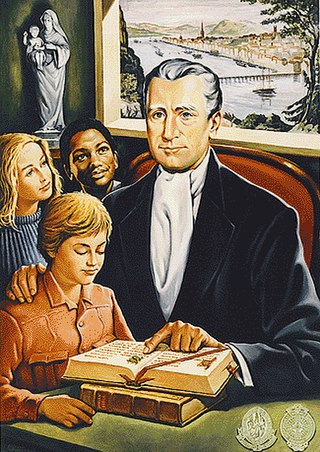
Edmund Ignatius Rice, F.P.M., C.F.C. was a Catholic missionary and educationalist. He was the founder of two religious institutes of religious brothers: the Congregation of Christian Brothers and the Presentation Brothers.
Education in the Republic of Ireland is a primary, secondary and higher education. In recent years further education has grown immensely with 51% of working age adults having completed higher education by 2020. Growth in the economy since the 1960s has driven much of the change in the education system. For universities there are student service fees, which students are required to pay on registration, to cover examinations, insurance and registration costs.
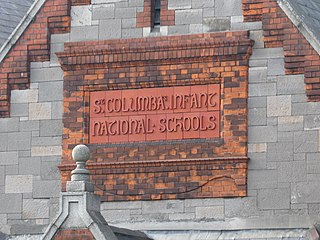
In the Republic of Ireland, a national school is a type of primary school that is financed directly by the state, but typically administered jointly by the state, a patron body, and local representatives. In national schools, most major policies, such as the curriculum and teacher salaries and conditions, are managed by the state through the Department of Education. Minor policies of the school are managed by local people, sometimes directed by a member of the clergy, as representative of the patron, through a local 'board of management'. Most primary schools in the Republic of Ireland fall into this category, which is a pre-independence concept.

A Sunday school is an educational institution, usually Christian in character and intended for children or neophytes.

John William Draper was an English-born American scientist, philosopher, physician, chemist, historian and photographer. He is credited with pioneering portrait photography (1839–40) and producing the first detailed photograph of the moon in 1840. He was also the first president of the American Chemical Society (1876–77) and a founder of the New York University School of Medicine.
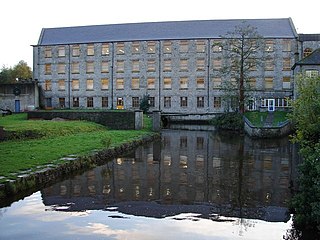
Celbridge is a town and townland on the River Liffey in County Kildare, Ireland. It is 23 km (14 mi) west of Dublin. Both a local centre and a commuter town within the Greater Dublin Area, it is located at the intersection of the R403 and R405 regional roads. As of the 2022 census, Celbridge was the third largest town in County Kildare by population, with 20,601 residents.

St Patrick's, Carlow College, is a liberal arts college located in Carlow, Ireland. The college is the second oldest third level institution in Ireland and was founded in 1782 by James Keefe, then Roman Catholic Bishop of Kildare and Leighlin, and his co-adjutor bishop Daniel Delany.
Catholic schools are pre-primary, primary and secondary educational institutions administered in association with the Catholic Church. As of 2011, the Catholic Church operates the world's largest religious, non-governmental school system. In 2016, the church supported 43,800 secondary schools and 95,200 primary schools. The schools include religious education alongside secular subjects in their curriculum.
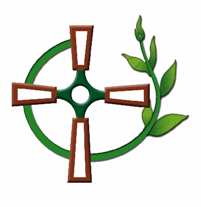
The Congregation of Christian Brothers is a worldwide religious community within the Catholic Church, founded by Edmund Rice.

Venerable Honora Nagle, known informally as Nano Nagle, was a pioneer of Catholic education in Ireland despite legal prohibitions. She founded the Sisters of the Presentation of the Blessed Virgin Mary (PBVM), commonly known as the Presentation Sisters, now a worldwide Catholic institute of women religious. She was declared venerable in the Roman Catholic Church on 31 October 2013 by Pope Francis.

Daniel Delany DD was the Roman Catholic Bishop of Kildare and Leighlin. Educated at the Irish College in Paris, he taught at the English Boys College of St Omer, 265 kilometres north of Paris.

Hedge schools were small informal secret and illegal schools, particularly in 18th- and 19th-century Ireland, designed to secretly provide the rudiments of primary education to children of 'non-conforming' faiths. Under the penal laws of the time, only schools for those of the Anglican faith were allowed. Instead, Catholics and Presbyterians set up secret and illegal schools that met in private homes.
Events from the year 1782 in Ireland.
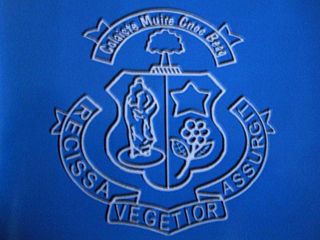
St Mary's Knockbeg College is a Roman Catholic, all-boys secondary school located on the Laois/Carlow border in Ireland, approximately 3 km from both Carlow town and Graiguecullen, County Laois. A former seminary school for the diocese of Kildare and Leighlin, it was founded in 1793. Exclusively a boarding school until the 1980s, it now accommodates only day-pupils; the boarding school having closed down in June 2011. Knockbeg College celebrated its bicentenary in 1993.

Lavalla Catholic College is a dual-campus independent Roman Catholic co-educational secondary day school, located in the towns of Traralgon and Newborough in the Gippsland region of Victoria, Australia. Currently, the school has approximately 1,200 students enrolled across all campuses.

Educate Together is an educational charity in Ireland which is the patron body to "equality-based, co-educational, child centred, and democratically run" schools. It was founded in 1984 to act as the patron body for the new multidenominational schools that opened after the establishment of the Dalkey School Project. As of 2019, Educate Together is the patron of 90 national schools in Ireland. In 2014 three Educate Together Second Level Schools opened in Dublin 15, Drogheda and Lucan along with the first Educate Together school outside Ireland, in Bristol in the United Kingdom. In joint patronage with Kildare and Wicklow ETB, Educate Together opened another second-level school, Celbridge Community School, in 2015.
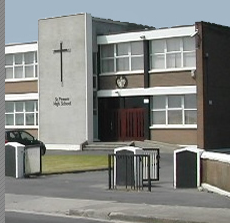
St. Fintans High School is an all-boys Roman Catholic voluntary-aided secondary school located between Sutton and Baldoyle, Dublin, Ireland.
Catholic education in Australia refers to the education services provided by the Catholic Church in Australia within the Australian education system. From 18th century foundations, the Catholic education system has grown to be the second biggest provider of school-based education in Australia, after government schools. The Catholic Church has established primary, secondary and tertiary educational institutions in Australia. As of 2018, one in five Australian students attend Catholic schools. There are 1,755 Catholic schools in Australia with more than 777,000 students enrolled, employing almost 100,000 staff.
Manus "Mandy" Kelly was an Irish rally driver, businessman, and local politician. As a rally driver, he participated in the Irish Tarmac Rally Championship and won the Donegal International Rally on three consecutive occasions, in 2016, 2017, and 2018. As a businessman, he ran a Letterkenny-based facilities management company and a local café, employing dozens of people in the community. As a Fianna Fáil politician, he ran in the local elections of 24 May 2019 and won a seat on Donegal County Council.